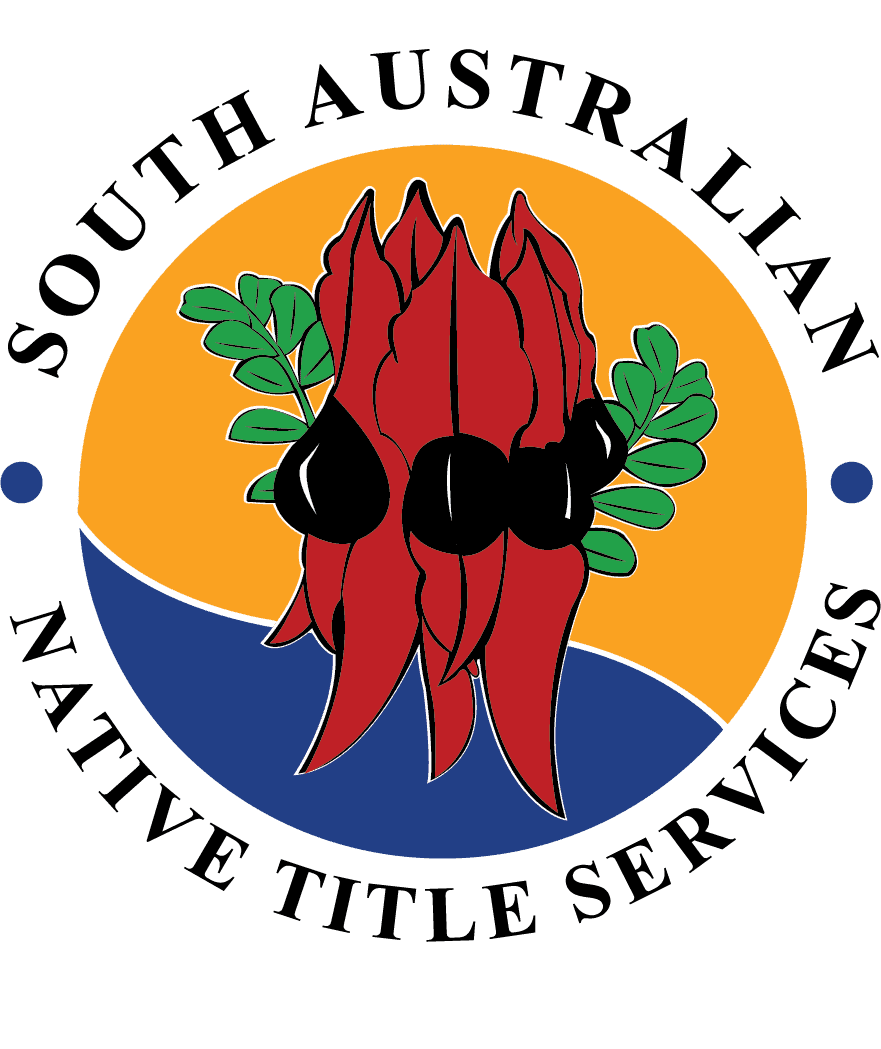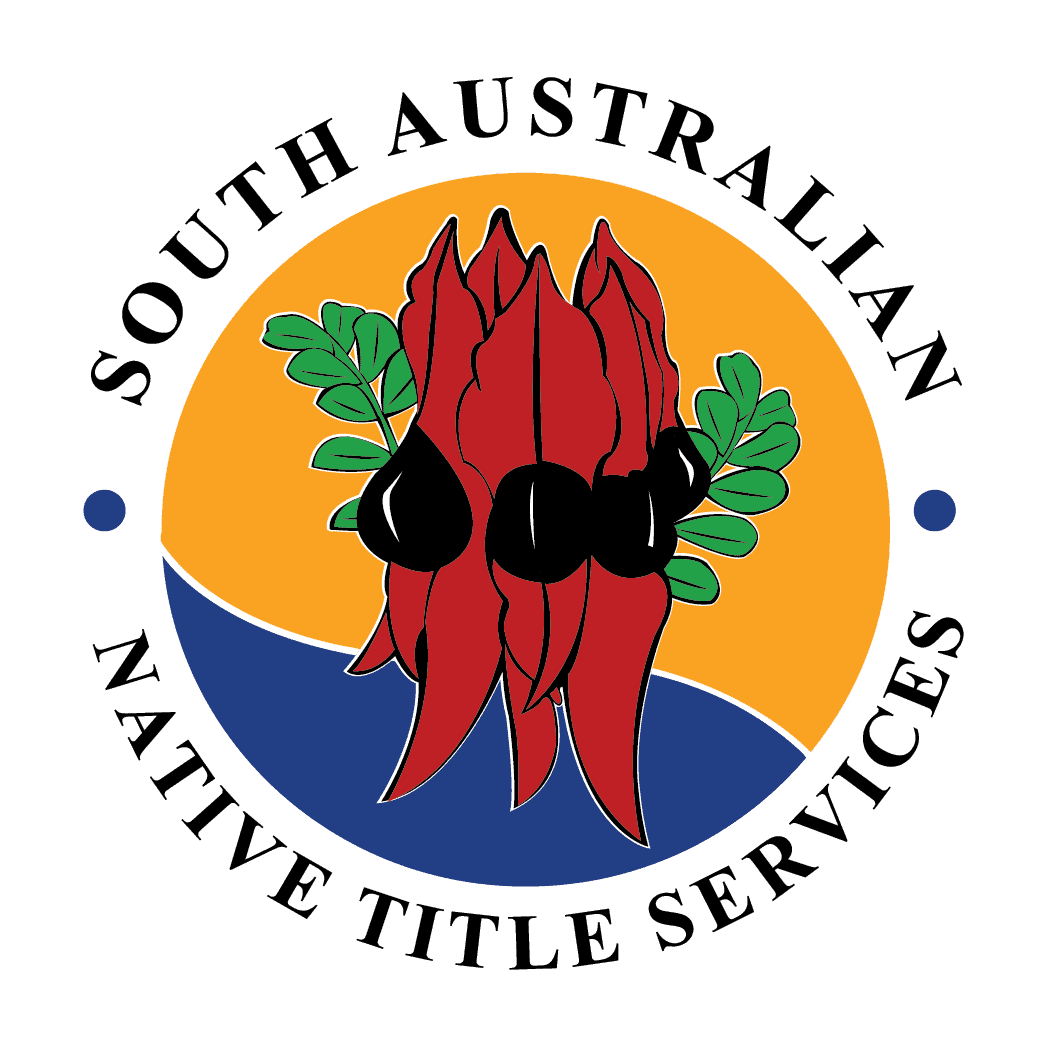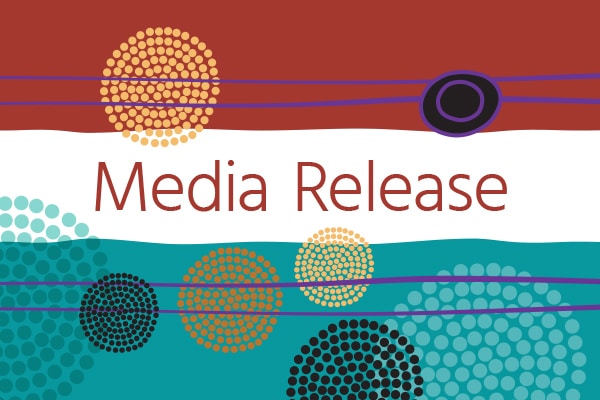
MEDIA RELEASE
Application to Mine in Lake Torrens under Consideration by SA Government
The South Australian Government is currently considering an application to allow mining exploration on Lake Torrens, a place of Aboriginal cultural significance, despite national condemnation of Rio Tinto after the destruction of the ancient Aboriginal site Juukan Gorge in Western Australia.
The request for exploration and drilling in the salt lake, 70km south east of Roxby Downs, by Kelaray, an Australian registered subsidiary of mining company Argonaut Resources, seeks an authorisation under Section 23 of the Aboriginal Heritage Act 1988 (SA).
Section 23 makes it an offence to damage, disturb or interfere with Aboriginal sites, objects or remains without authorisation from the Minister for Aboriginal Affairs and Reconciliation, currently Premier Steven Marshall.
Section 23 is effectively our state’s equivalent of Section 18 of Western Australia’s Aboriginal Heritage Act 1972, under which Rio Tinto was given authorisation to conduct blasts in Juukan Gorge.
The submission for exploration and drilling comes after a 10 year legal battle to protect Lake Torrens from mining and exploration by the Kokatha and Adnyamathanha people.
Lake Torrens, which includes Andamooka Island, is registered on the Central Archive of Aboriginal sites as a place of cultural significance due to its anthropological creation stories according to Aboriginal tradition and anthropology.
CEO Mr Keith Thomas said, “the Juukan Gorge tragedy in Western Australia is a reminder that mining impacts on Aboriginal heritage must receive the highest level of sensitivity from the mining industry and the South Australian Government.”
The applicant, who explores and develops copper and zinc in SA, Qld and Zambia, proposes exploration activities in this area involving gravity in-fill surveys, deep diamond exploration drilling, creation of new access tracks, upgrading existing access tracks, drilling for water bores, construction of a new exploration camp on Andamooka Island, vegetation clearing, the construction of multiple lake access points and subsequent rehabilitation works.



 Protected by Patchstack
Protected by Patchstack